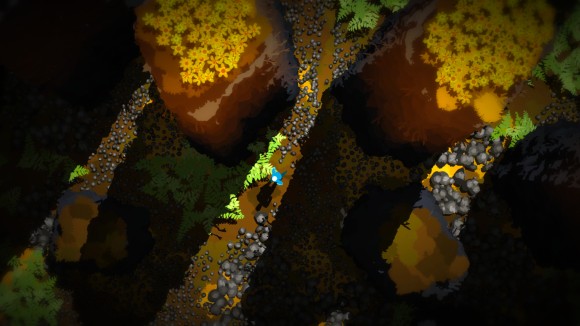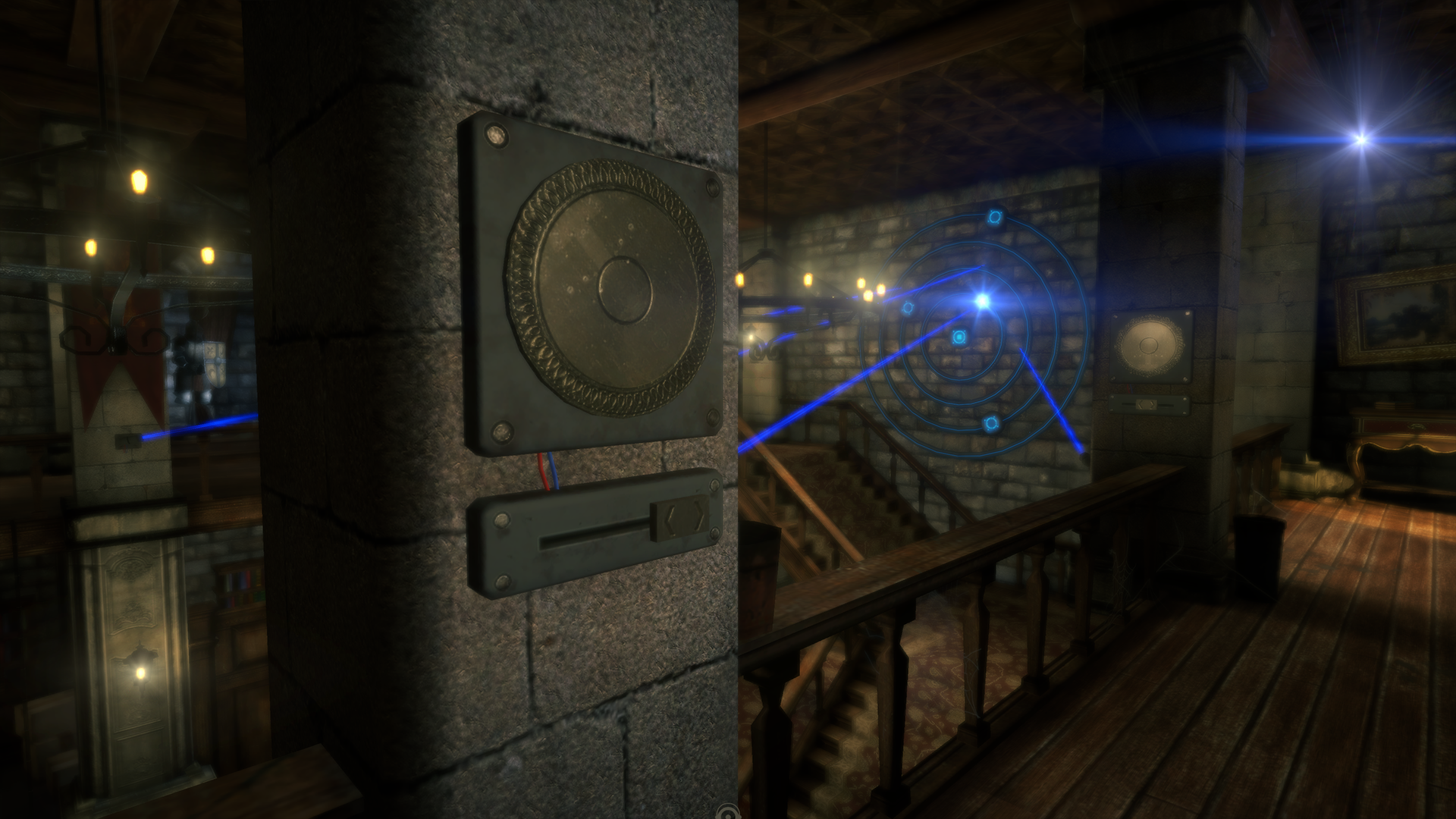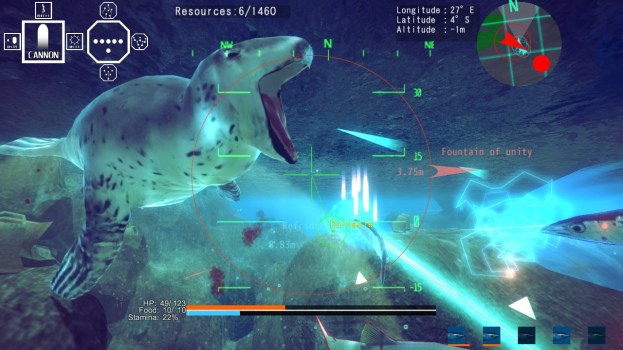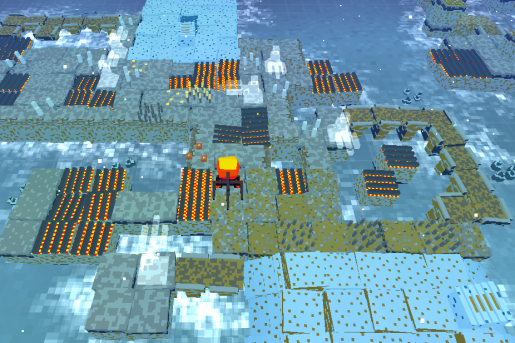For years, Braid was my favorite game. When I first bent time with little Tim, I was enthralled with the beautiful and distinctly different world Jonathan Blow had created. It made me feel smart and special – the kind of specialsmart you feel when you discover the solution to a really hard problem without any outside help. Some time later, when I played through Braid for the second time, something huge had changed. For sure, it was the same game. But somehow it had transformed in my mind from this cool, exciting, interesting thing to a profoundly life-changing and explosively revelatory experience. No longer merely a game that made me feel specialsmart, its story and puzzles transfixed me as I had only before been transfixed by certain music, books, and movies. Braid branded my mind with a message – something that I had somehow completely missed the first time. There was a lofty idea that was being danced around, prodded at, but never quite directly pointed to in Braid. There was a secret buried deep that would help me find purpose and meaning in my life.

But like most such intense moments of awe and inspiration, my Braid-fueled motivation was unsustainable. I had swallowed a pill and its effects inevitably wore off. I was left with residual determination and excitement, but I fell back into routine and comfort. The game had disturbed my lifeflow, but for the sake of certainty (and laziness, and fear, and ease of living) I did not make any permanent changes. Of course, that didn’t terminate my love for the game or my interest in Jonathan Blow’s future endeavors. I eagerly anticipated any nugget of information on The Witness throughout its entire development. I read every blog post, listened to every talk, watched every gameplay video. I wanted another injection of inspiration, another pill to swallow. And while my eagerness for the game has left me with one hell of a come-down, I can happily say that The Witness is not just another pill.

First of all, I should never have followed the production of this game so closely. Doing so made artificial and predictable what would have been a surprising, authentic, and fresh experience. And while the game totally exceeded my expectations, my problem was having so many expectations to begin with. Secondly, there is none of the violent revelation in The Witness that I believed to find so much of in Braid. The Witness is a significantly more mature game in content, design, and tone, and while at some point in the future it may induce that huge moment of insight for me (as it was with Braid,) so far its impact on my mental state has been much gentler. In fact, it seems that Blow very purposefully left out those sort of singular, overwhelming revelations – akin to the exploding princess in Braid – because that type of Big Answer is just not what The Witness is about. Those huge, bright instants are instead replaced with calmer, more hushed moments that offer slow and steady insight into the game’s themes. And while there certainly are moments of epiphany along the way, The Witness focuses on the gradual movement towards a better understanding, rather than some fantastic crescendo ending in an instant of complete clarity.

Now this lack of a BANG does not mean that The Witness has had no radical impact on my thoughts and emotions. I have been dwelling on this game constantly, even after finishing everything there is to finish (I think). With Braid, I felt like there was some profound secret I was beginning to uncover, something that the poets and discoverers and beauty-seekers know that I needed to understand if I had any true desire to make something beautiful in my life. Braid cracked open my skull and installed an angry desire to dive in and find that which is truly awesome about this toddler of an artform called videogames. But as I’ve said, this dramatic urge was not a sustainable source of inspiration. Braid burned me out. Comparatively, The Witness is teaching me something new. It’s teaching me something about patience, about accepting the unknown, about stepping away from a problem and coming back with a clear mind. I am learning to focus on the journey, on the moment as it is in the moment, rather than what it may become. I’m discovering that it’s counterproductive to spend so much time and effort trying to yank out some discernible and concrete answer like a fortune from a cookie. I must avoid the phoney certainty of such Big Answers if I value Truth. This is what The Witness is teaching me.

And one of the most impressive aspects of the game is that this lesson comes through MORE clearly in the gameplay than it does in the audio logs. As you navigate this silent sanctuary of an island, learning its rules and philosophies, you start to notice that what you initially accept as plain and simple fact is actually far more complicated. That ‘fact’ you think you know becomes the one roadblock keeping you from solving the next puzzle. The game teaches the player that we create our own red herrings. The flow of The Witness works in such a way that as you quickly solve a string of easy puzzles, you inevitably pick up on the mechanics. And since you probably solved all those easy puzzles without making any mistakes, you become self-certain that a specific mechanic MUST work the way it did during those easy panels. Now by the time you get stuck on a larger, more complicated puzzle, the rules appear inconsistent. But instead of slowing down and trying to figure out what fundamental flaw in reasoning you’ve made, you repeatedly slam your head against the same puzzle until you give up and ask the Internet, “WHY ISN’T THIS SOLUTION WORKING?” Typically, the answer is simple. You’ve been taking the truth for granted.

Big picture: The Witness’ mechanics revolve around perspective. In the example above, the head-basher will never be able to move past that harder puzzle until they are able to adjust the way they are looking at the problem. Players who are able to quickly change their points of view, both literally and metaphorically, will undoubtedly find solutions quicker. And beautifully, the same sort of thing can be said for the game’s unconventional ‘narrative’ content. If you’re like a lot of people, you may quickly shrug off the island’s many audio logs as overly-mystical, or overly secular, or just plain pretentious. But if you accept the message of The Witness, let down your guard, and step a little to the left, you may realize you’ve been shrugging off an intimate and personally relevant conversation. After bashing your head against a particularly tricky puzzle for hours, only to come back after a night of sleep and solve it in one try, it’s impossible to ignore the emotional gravity of an audio log that urges you to “stop looking for what you want.”
But all of this about altering your perspective and taking the truth for granted does not merely solve the game for you. Even for those with the most open of minds, The Witness is hard. It calls to its players on a mental and personal level that far exceeds video games as we know them. Thoughts of the panels will invade your waking life as the quotes of famous scientists and philosophers echo in your mind. These two intellectual components work in unison to challenge your logical reasoning and the understanding you have of yourself as a human capable of self-reflection. Rather than assuming the player is dimwitted, as many more popular games have adopted as common practice, The Witness carries on as if the player is actually intelligent. Even the most seasoned sleuther is destined to be stuck at some point or another, overtaken by a fit of head-scratching and self-doubt.

And while the game’s line-based puzzles reject a more mainstream hand-holding approach, its sophisticated philosophical themes are not dumbed down in handing over chunks of simple narrative as some sort of reward for solving panels. Now I don’t mean that The Witness has no story, but rather the bits and pieces of story you may discover will not be easily formed into a line for your quick consumption. I imagine at some point in the future, people will come up with a theory, much as they did with Braid, that provides some definitive information about the narrative elements spread around the island. But I also imagine that the real Meaning of The Witness, as it was with Braid, will never translate perfectly to written word. And while this is a point of contention for some people (asitwaswithbraid,) I believe that any more classical story elements would feel like an injection of something that doesn’t really belong. A story set out in words would run the real risk of severely detracting from the game’s focus. And though I can’t precisely say what the Witness is about, I can say with a biiiiig smile that it’s not some convoluted mystery about a time travelling island or an allegory for the development of the atomic bomb. The Witness is subtler than that, and even if a distinct “story” of the island is revealed as players investigate with more vigor, I have hope that it will never overtake what The Witness is at heart.
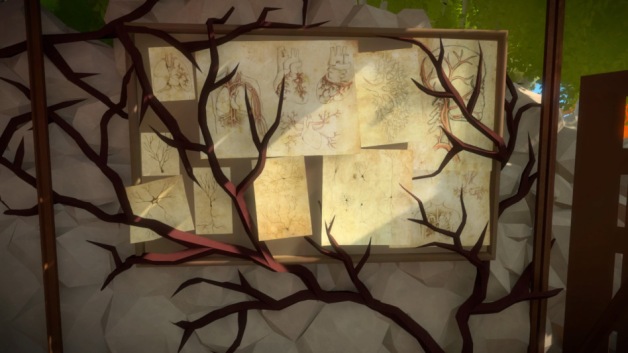
Among other, less speakable things, The Witness is a statement against the easy path. It urges us to put our preconceptions to the test, to doubt our beliefs and methods, and to sit with a silent mind for a few minutes before engaging the challenges of the day. And though there is a solution to every puzzle on this peaceful, encapsulated area of contemplation, The Witness reminds us that the real questions in life have no quick, digestible, happy answers. Unnerving as this may seem, we are reassured that to settle on an answer as a certainty is to abandon what it means to be an intelligent, lively, inquisitive agent in this world. It’s to settle for mysticism, dull one-liners, and those flashy Braid-like ‘revelations’ that don’t actually lead us anywhere interesting. There are no answers to life’s deep, philosophical questions here. There is just observation, interaction, and consideration.
I climbed into The Witness hoping for that quick, hot injection of life-changing serum that I had gotten when I replayed Braid all those years ago. And due to this expectation, my initial experience with Blow’s new game was unfortunately hollow. But I have learned from my mistakes, and from the lessons housed within The Witness. I will never again fall victim to this type of hype. But despite all the woes of my over-eagerness, The Witness has shown me a new way of looking at the world. I don’t fully understand it yet, and it will be a long time before I actually implement it into my day-to-day thinking, but where Braid shook my world, The Witness is offering me something that I believe to be quite permanent. And I do recognize that I have only just played through this beautiful game for the first time. I have my second experience ahead of me, and like all the best solutions in The Witness, I will let that one come naturally.
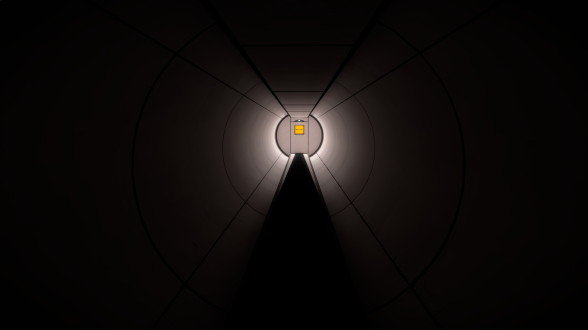
follow n8 @UncleEggma
